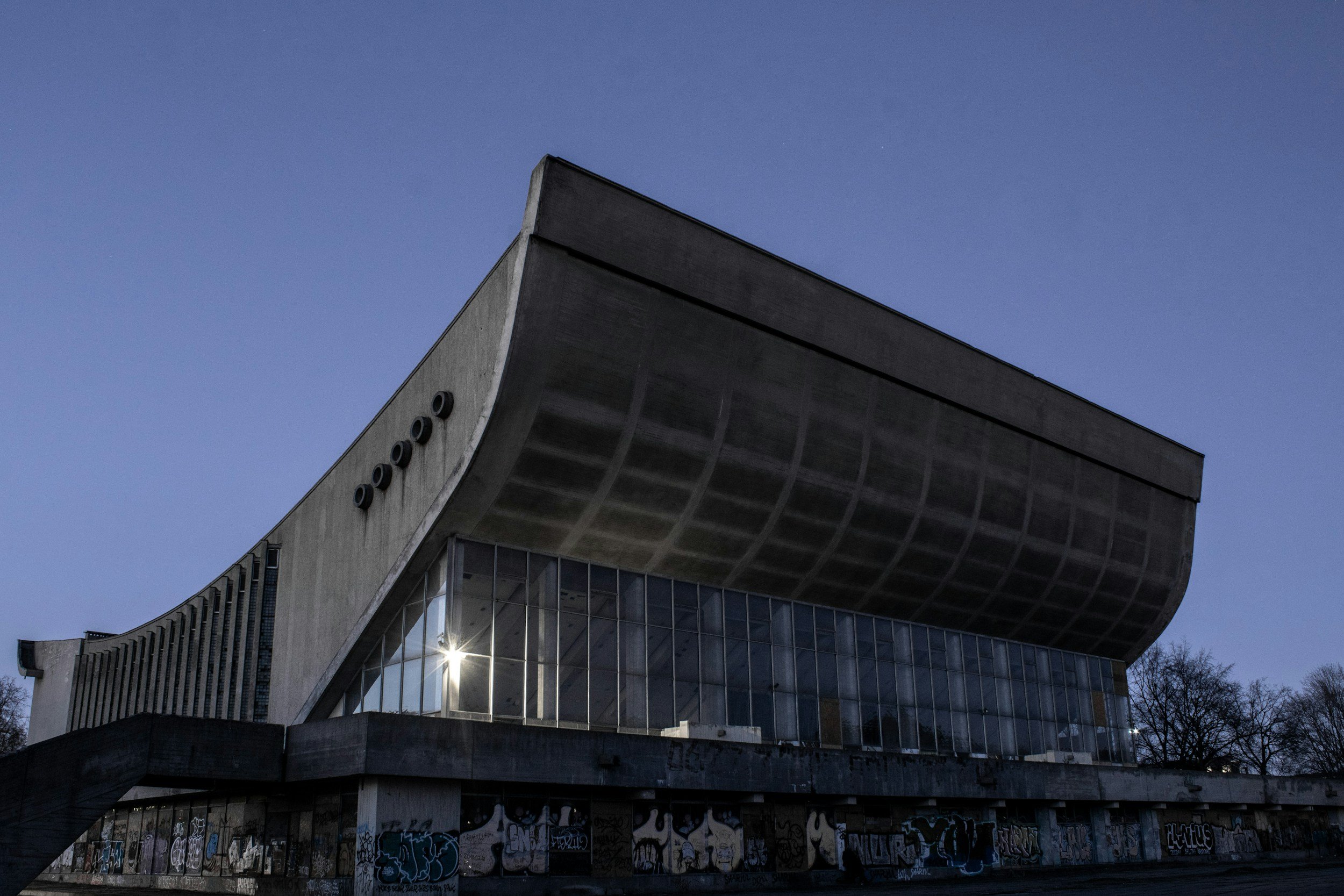A Soviet Socialist Republic
From 1945 to 1990 Lithuania was a Soviet Socialist Republic of the USSR. The second-half of the 20th century continued the brutality of the first for the Lithuanian people, with strict communist party control and limited freedoms of expression.
By 1953, with the Brothers of the Forest (previous article) resistance dwindling, the death of Stalin was a welcome relief and mass deportations ended after around 150,000 people had already been taken in a short 8 years. When Nikita Khrushchev took over, his political “thaw” permitted the return of some cultural expression, and tens of thousands of deportees were returned to their home countries.
It is said that Lithuania was offered (several times) the territory of Kaliningrad, however this was declined by the First Secretary of the Lithuanian SSR Antanas Sniečku as the region was heavily destroyed by the war and now contained over 1 million ethnic Russians, loyal to Moscow. Unlike Latvia and Estonia which have large populations of ethnic Russians, Lithuania did not, and wanted to avoid the challenge of mixed loyalty and makeup of citizenry.
Lithuania was heavily industrialised under Soviet planning, especially in Machinery, electronics, chemicals and of course collectivised agriculture. Ethnic Russian populations also grew in urban hubs such as Klaipeda and Vilnius due to Soviet migration policies. The Russian language, became dominant in higher education, media and administration.
The abandoned Sports Palace in Downtown Vilnius, finished in 1971
In the 1970’s a national revival was starting to take place, with intellectuals, artists and students beginning to voicing their discontent with Soviet rule. In 1972, a young Romas Kalanta immolated himself against Soviet rule in Kaunas, sparking youth protests across the city.
In the 1980’s, Gorbachev was reforming the country economically and politically. As a result, Lithuanians began speaking more boldly about the occupation, the destruction of local environment from Soviet factories and the use of the Lithuanian language. By 1987, the first open Anti-Soviet rally took place in Vilnius on the anniversary of the Molotov-Ribbentrop pact and the initial occupation of Lithuania.
In June 1988, the Reform Movement of Lithuania – Sąjūdis sprawled into a mass movement for independence with hundreds of thousands in attendance waving the Lithuanian tricolour and singing banned songs. The flag was even reinstated.
Independence, was near at hand..
